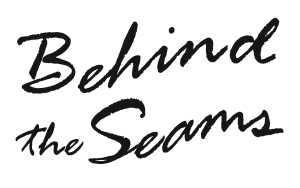A few months ago I started a GoFunMe to help me go to Costume College. If you haven't seen it yet you can get to it HERE. I'm so thankful for everyone who has donated so far, and I would appreciate anyone sharing it to help get it around.
I've been figuring out what costumes I want to bring with me to CoCo. From what I've seen people mostly seem to wear historical costumes but other costumes are allowed and encouraged. But I've decided to only bring historical garments since I literally have no events that I get to wear them.
I'm planning on making/finishing several costumes to wear to the events at CoCo. Here's what I'm planning...
First up is finishing my 1871 day dress. This dress has seriously been in the works for a year now and I just want to get it done. It's actually fairly close, but still needs a lot of work. At least it looks like a dress now...
Actually, there's several things that I thought were done on it that I'm going to have to take the seam ripper to and re-stitch. And they're all things that have to be sewn by hand. Ugh. Anyways...
The next thing is my Regency dress. I've actually almost finished sewing the dress, just have to hem it and add a few details but otherwise the actual dress is pretty much done. I still have to make a chemise, the spencer jacket, and find shoes for it. But other than that it's almost done!
Lastly I'm planning to finally make the Wearing History Sailor Play Suite (which I bough the patter and material for last summer). I wanted to make this for VAW last year but just didn't get around to it.
The only other things I really have to figureout is what to do with my hair for the Regency and Victorian era costumes. If you follow me on Instagram then you already know that I just got a major haircut (15 inches cut off leaving me with a bob perfect for the 1920's!).
I'm not so worried about the Regency hair because I'm planning on doing a turban. As for the 1870's... I have no idea's at the moment. I'm contemplating getting some hair extensions but I really don't want to spend the money on it right now.
Well, that's all for now. I'll do my best to keep things updated!







